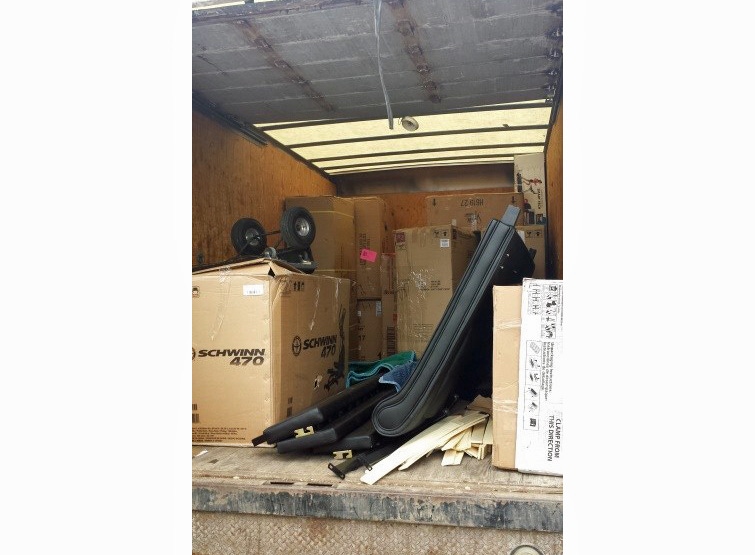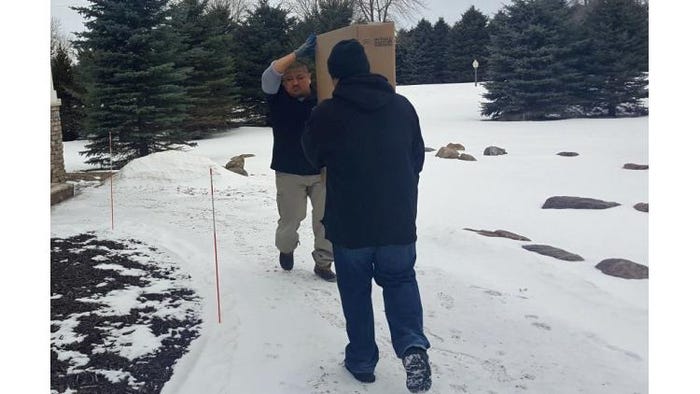
The rise of Amazon leads to an increase in Final Mile deliveries. Is your packaging prepared? It is if you have balanced packaging and damage costs for ecommerce distribution.
Amazon is the biggest and busiest online retailer on the planet, surpassed in volume only by Chinese giant online retailer Alibaba. Amazon is so big the company essentially “creates its own weather” and even has its own designation, “The Amazon Effect,” to describe how the company is driving change throughout the retail, supply chain and logistics industries.
So what does this growth in Amazon’s ecommerce volume have to do with packaging across North America and around the globe?
It’s now easier than ever for product manufacturers to sell and ship their products directly to the consumer through Amazon. Products that in the past had only been sold in a retail brick and mortar store can now be ordered online and delivered to your front door step. This is old news for small packages shipped via single parcel.
But what about the big, heavy, lumpy stuff you used to have to use a truck and a trailer to pick up at the store? I’m talking exercise equipment, ping-pong tables, flat screen TV’s, baby furniture.
Yes, those can be drop-shipped direct to your house, too!
But while the convenience factor in ordering large bulky items and getting them to your home has greatly increased, this “last-mile” delivery leg of the trip requires a whole different mode of shipping and delivery service that will continue to impact packaging design and materials selection for years to come.
Next: The 3 ways

Typical full pallet load shipments only require a rotational flat drop of 6-8 inches. Final mile deliveries with manual handling are likely to see a much greater dynamic drop impact from 12 to 24 inches or more.
How The Amazon Effect impacts protective packaging
1. Change in package testing requirements. In the traditional brick and mortar retail world, large, heavy products were shipped on a pallet, handled by fork lift trucks or clamp trucks and then delivered, typically on that same pallet, to the retail store. Products shipped in this mode would often be subject to an ISTA or ASTM test standards, which would include trailer load vibration and some low impact rotational pallet drops of 6 – 8 inches. So, as long as the product didn’t overhang the pallet, it was less likely to see any significant damage from a drop or impact hazard.
Now however, these same products are now handled manually and could see drops of 12 inches, 24 inches or more depending on the weight and mode of handling.
2. Packaging protection requirements. It only makes sense that if your products are seeing a higher level of handling intensity in their delivery channel, you’d need to increase their protection or else it's likely continue to see an increase in your damage incident rates or unsaleable items.
In the case of large or bulky items, there’s rarely a “one size fits all” solution for protective packaging. Companies are often dealing with a wide range of product SKUs, shapes, sizes, weights and fragility levels. Identifying a single material or protective packaging solution can be difficult, and finding the best packaging solution may mean multiple solutions need to be reviewed, evaluated and fully vetted out and tested to ensure improvements.

3. Customized packaging for e-commerce. As product sales volumes begin to shift away from brick and mortar retailers to e-commerce and drop ship deliveries, companies will be faced with a decision and must choose from these two options in protecting large or bulky items:
Develop a single packaging design that can be shipped to a retail store – and then overpack that item to protect for e-commerce orders and final mile handling hazards
Develop customized packaging (often creating a unique SKU number within their systems) to distinguish a package designed specifically for omnichannel orders.
Here’s the classic problem with choosing one approach over the other: Depending the volume breakouts, you may be leaving money on the table. Finding the right balance of product protection and material usage and costs can be key.

A real-world example of final mile handling and delivery of products to your front step. Notice the drop height this package could potentially see.
Why it’s always important to balance packaging and damage costs
Gone are the days of “throw it in a box and ship it.” Additional thought and consideration, as well as package engineering, testing and evaluation will need to take place in the years ahead to ensure our book shelves, furniture, treadmills, exercise equipment, flat screen TVs and other large, bulky or hard-to-handle products can withstand the rigors of the drop-ship environment.
Rob Kaszubowski is the Engineering Manager at Chainalytics, where he is focused on reducing product damage and implementing packaging cost savings while leading a team of packaging consultants in Design for Distribution initiatives. Rob also contributes to the Packaging Matters blog.
Connect with Rob on LinkedIn and on Twitter @KazPack1
___________________________________________________________________________________
Want to know better how to balance packaging protection with costs? Get ideas and advice at PackEx Montréal, November 30, 2016 to December 1, 2016.
___________________________________________________________________________________
About the Author(s)
You May Also Like




